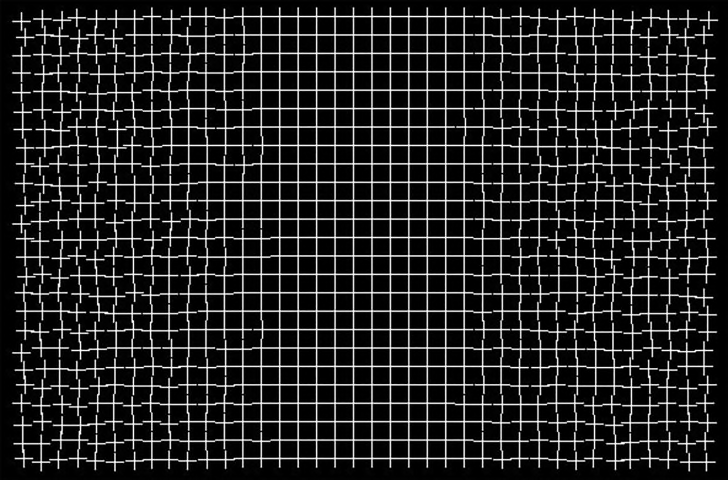There’s something odd about the pictures—the ones I keep around
me when I sleep.
There’s the one
of us at our wedding, the one of you and Bryan when he was three
years old, and the one of you and I at Beth’s wedding only six or
seven years before you—well—before.
Most pictures
recall single moments, like the ones the girlfriends constantly take
of our trips to wineries or the ones of grandchildren—Emma’s
graduation, me and Maia at Fenway, or Ella in the pumpkin patch. They
are documents that freeze incidents for later recall lest I forget
what happened then or how these dear people looked on that day.
But not the
pictures of you. They are not frozen. They live. Not like a movie,
not in two dimensional speech and motion, but in all four dimensions
and all five senses. When I look at you whispering to me, intent in
your gray suit, wearing that ridiculously fragrant and fragile
gardenia in your buttonhole, leaning over, careful not to disturb
Aunt Agnes’ old satin wedding gown that I finally got to wear after
so many years of dreaming of it, I don’t see the picture. I hear
the hush of assembled friends waiting in seats for me to walk down
the aisle. I know the knot of nervousness, smell the roses and
heather. I remember—no, I walk—again in that place. It all
happens over and over again every time I look at the picture and
pause for even a moment.
Only your pictures
are like that. Opening an album you populate is not a step back in
time. It is time blurring completely. Days and years shuffling
seamlessly into an incomprehensible, random deck of moments, gathered
into a heap without regard for chronology. But, even in their
disarray, they are polite. They don’t crowd; they wait their turns.
Some are longer than others, after all. They fluff and preen with
pride in their power over the present. They force today to step
obediently aside in deference to the attention I admit to have
willingly given them.
It’s my fault,
after all. I don’t want to let them go, any of them. They bring
warmth and light into today’s confusing quiet. They provide
framework for this future left to me, a future without you, who have
so long provided something firm to lean on. I look at them and think,
Yes, This was Something Good. This is Someone I love and Who loved me
back.
They are my
Brunelleschi.
They are.

When builders in
the Middle Ages wanted to build a great dome, they began by
constructing supports and scaffolding from trees the same height as
the dome they’d conceived. From that place of support, brick by
brick, the dome would rise. When they were done, and the scaffolding
no longer needed, they dismantled and discarded it.
But, in 1296,
Florence began to construct a cathedral too big for a dome built that
way. No trees grew tall enough to reach the dome they’d conceived.
They could build no scaffolding to it and thus, did not even know how
to begin. But, unwilling to mitigate their grand design, they began
to build anyway, and later completed a dome-less sacristy that
remained open, with a vacant hole where the dome ought to have been,
for almost 200 years.
Then, in the early
15th century, one man, Filippo Brunelleschi, understood
what needed to be done. Rather than erect supports from the floor as
had always been done before, he built the dome, not of a single
shell, but of a double one, each supporting the other as they went up
together, connected by a winding staircase between them from which
the masons worked.
The first shell is
an integral part of the second, not visible from the outside, but
absolutely essential to the stability of the whole.
Now, I think my life is that dome, the crown, the finish of what we’d begun together. After all this time waiting, I can begin to imagine building in the only way that remains to me, like building my own inconceivable, impossible dome, with
our years together its indispensable support.
I do have to build
something, after all, whether I am willing or not. I have to continue
to live whatever life’s been given me. But, without you, I could at first find no
accessible way to do it. In the end, I find I was right. I can’t. And I don't have to.
You have to be part
of whatever shape my life takes from here to its end. I have to keep you close to do that, close enough so that I don’t
plunge into the gaping hole below left by your visible absence. Even
while I stare at an undeniable void, I have to lean on what I know is
strong and stable, made of both the old and new, visible and hidden.
That’s what
Brunelleschi did, and I can do it, too. I can do it because you’re
still here. I can do it because you are not a photo or a memory.

I
can do it because you stay with me, vivid and alive, and having
already done it once together, you can help hold me up while I finish what was begun. And from that beginning, I can yet build something new and
beautiful.



